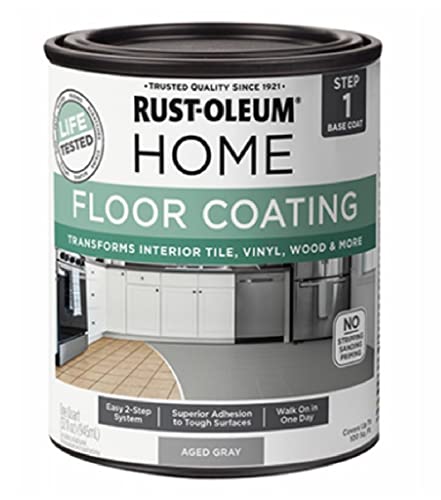Painting baseboards can give any room a fresh, polished look, but when you’ve got carpet flooring, it can feel like a daunting task. You might worry about getting paint on your beautiful carpet or struggling to reach those tricky spots. But don’t fret! With a bit of preparation and the right techniques, you can achieve crisp, clean lines without a single drop of paint on your carpet.
Preparing the Area
Preparing the area ensures clean lines and avoids paint on the carpet. Set up your workspace with the right tools and protections.
Choosing the Right Tools
Select tools designed for precision. Use an angled brush for edges. It ensures control and accuracy. Use painter’s tape to mask off areas. It prevents paint from bleeding onto the carpet. Have drop cloths handy. It helps catch drips and spills.

Protecting the Carpet
Prevent paint from staining the carpet. Place a wide painter’s tape along the edge of the carpet where it meets the baseboard. Push the tape firmly down into the carpet fibers. Use a plastic sheet or drop cloth to cover the remaining carpet area. Weigh down the edges with heavy objects to keep the covering in place. Take your time with this step to ensure no gaps are left where paint can seep through.
Selecting the Right Paint
Choose the right paint for baseboards to ensure durability and aesthetic appeal.
Types of Paint for Baseboards
Use semi-gloss or high-gloss paint. These types are easy to clean and resist scuff marks. Opt for an enamel finish, which provides durability. If you’re matching trim, ensure color consistency across all baseboards.
Benefits of Using Water-Based Paints
Water-based paints dry quickly. They emit less odor, making indoor use more comfortable. Cleanup is easy with soap and water. They are less likely to yellow over time compared to oil-based options.
Painting Techniques
When painting baseboards with carpet, use specific techniques to ensure a clean, professional look.
Applying Painter’s Tape
Ensure the tape adheres well. Apply it along the edge of the carpet. Press the tape down firmly to prevent paint bleed. Use a putty knife to push the tape under the baseboard. This keeps the carpet and baseboard edges clean.
Brush Techniques for Neat Edges
Use an angled brush for precision. Load the brush lightly to avoid drips. Start from the top edge of the baseboard. Use short, steady strokes, moving towards the bottom edge. Feather out the paint to blend it smoothly. Repeat for a consistent finish.
Cleaning Up
Ensure a pristine finish by addressing any spills and properly storing leftover materials.
Removing Paint Spills on Carpet
Blot fresh spills immediately with a clean cloth. Apply a mixture of mild detergent and water. Use a sponge to gently lift the paint, working from the edges inward. Avoid rubbing, which may spread the paint. For dried spills, scrape carefully with a dull knife, then use a commercial carpet cleaner.
Storing Leftover Paint
Seal the paint can tightly by pressing the lid firmly. Store in a cool, dry place away from direct sunlight. Label the can with the room and date for quick reference. Use plastic wrap under the lid before sealing if you expect long-term storage. This prevents air from causing the paint to dry out.
Conclusion
Painting baseboards with carpet flooring might seem daunting, but with the right preparation and tools, it’s totally doable. By taking the time to properly protect your carpet and using the recommended techniques, you can achieve a professional-looking finish without the stress of accidental spills.
« 10 Brilliant Ideas on How to Decorate a Christmas Table Like a Pro
10 Expert Tips on How to Mix and Match Wood Furniture for a Stunning Home Makeover »
Remember, choosing the right paint and tools makes a huge difference in the final outcome. And don’t forget to handle any spills swiftly to keep your carpet spotless. With these tips, your baseboards will look fresh and clean, enhancing the overall look of your room. Happy painting!









